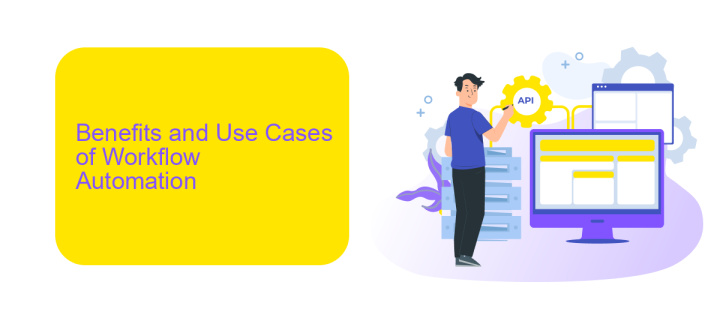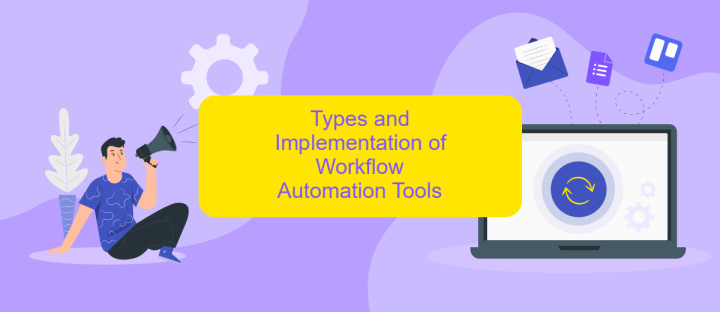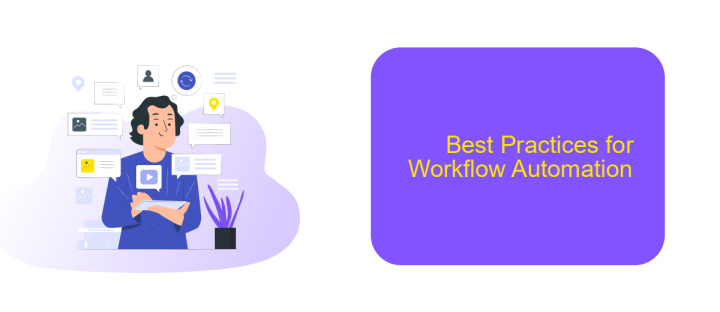Workflow Automation Course
In today's fast-paced business environment, workflow automation has become essential for increasing efficiency and reducing errors. Our Workflow Automation Course is designed to equip you with the skills and knowledge needed to streamline processes, enhance productivity, and drive innovation. Join us to master the tools and techniques that will transform the way you work.
Introduction to Workflow Automation
Workflow automation is transforming the way businesses operate by streamlining repetitive tasks and processes. By automating workflows, companies can enhance efficiency, reduce errors, and save valuable time. This course will introduce you to the fundamental concepts of workflow automation and guide you through the steps to implement it in your organization.
- Understanding workflow automation
- Key benefits and advantages
- Tools and software for automation
- Best practices for implementation
- Case studies and real-world examples
One of the essential aspects of workflow automation is integrating various applications and services. Tools like ApiX-Drive facilitate seamless integration, allowing you to connect different platforms without coding knowledge. By leveraging such tools, you can automate data transfer, synchronize information, and ensure that your workflows run smoothly and efficiently. This course will equip you with the knowledge and skills to harness the power of workflow automation and drive significant improvements in your business operations.
Benefits and Use Cases of Workflow Automation

Workflow automation offers numerous benefits, including increased efficiency, reduced errors, and improved productivity. By automating repetitive tasks, businesses can free up valuable time for their employees to focus on more strategic activities. This leads to faster task completion and better resource allocation. Additionally, workflow automation ensures consistency and accuracy in processes, minimizing the risk of human error. This is particularly beneficial in industries where precision is crucial, such as finance and healthcare.
Common use cases of workflow automation include automated email marketing campaigns, customer support ticketing systems, and data entry processes. For instance, integrating various applications and services can be streamlined using tools like ApiX-Drive. This platform allows businesses to connect different software systems effortlessly, facilitating seamless data transfer and synchronization. By leveraging such integrations, companies can enhance their operational workflows, resulting in improved overall performance and customer satisfaction.
Types and Implementation of Workflow Automation Tools

Workflow automation tools are essential for streamlining business processes and improving efficiency. These tools can be categorized into several types based on their functionalities and implementation methods.
- Task Automation Tools: These tools focus on automating repetitive tasks, such as data entry and email responses. Examples include Zapier and Microsoft Power Automate.
- Process Automation Tools: These are designed to automate entire business processes, from start to finish. Tools like UiPath and Automation Anywhere fall into this category.
- Integration Tools: These tools help in connecting various software applications to ensure seamless data flow. ApiX-Drive is a notable example, offering easy integration setup between different platforms.
- Project Management Tools: These tools offer workflow automation features to manage projects more efficiently. Asana and Trello are popular choices.
Implementing workflow automation tools involves identifying the processes that need automation, selecting the appropriate tools, and integrating them into your existing systems. For instance, ApiX-Drive simplifies the process of connecting various applications, making it easier to automate workflows without extensive coding knowledge. By leveraging these tools, businesses can save time, reduce errors, and enhance overall productivity.
Best Practices for Workflow Automation

Implementing workflow automation can significantly enhance productivity and efficiency within an organization. To achieve the best results, it is essential to follow certain best practices. Firstly, clearly define the processes that need automation and set specific goals to measure success. This ensures that the automation efforts are aligned with business objectives.
Next, choose the right tools and platforms that suit your automation needs. For instance, ApiX-Drive is an excellent service for setting up integrations, allowing seamless data transfer between different applications. This can save time and reduce errors associated with manual data entry.
- Document each step of the workflow to ensure clarity and consistency.
- Start with automating simple, repetitive tasks before moving to complex processes.
- Regularly monitor and review automated workflows to identify areas for improvement.
- Train employees on using automation tools to maximize their effectiveness.
By following these best practices, organizations can streamline their operations, reduce manual workload, and achieve greater efficiency. Continuous evaluation and adaptation of automated workflows will ensure they remain effective and aligned with evolving business needs.


Future Trends and Applications of Workflow Automation
As we look to the future, workflow automation is poised to become even more integral to business operations. Emerging trends such as artificial intelligence and machine learning are set to enhance automation capabilities, allowing for more sophisticated decision-making processes. These technologies can predict workflow bottlenecks and optimize processes in real-time, making automation more adaptive and intelligent. Additionally, the rise of low-code and no-code platforms will democratize automation, enabling non-technical users to design and implement automated workflows with ease.
Another significant trend is the growing importance of integration. Businesses are increasingly relying on multiple software applications to manage various functions, and seamless integration between these tools is crucial. Services like ApiX-Drive facilitate this by providing user-friendly solutions for connecting different apps and automating data transfers. This ensures that information flows smoothly across systems, enhancing efficiency and reducing the risk of errors. As workflow automation continues to evolve, these trends and applications will play a pivotal role in shaping the future of work.
FAQ
What is Workflow Automation?
How can Workflow Automation benefit my business?
Do I need coding skills to implement Workflow Automation?
What types of processes can be automated?
How do I integrate different apps and services in Workflow Automation?
Do you want to achieve your goals in business, career and life faster and better? Do it with ApiX-Drive – a tool that will remove a significant part of the routine from workflows and free up additional time to achieve your goals. Test the capabilities of Apix-Drive for free – see for yourself the effectiveness of the tool.

